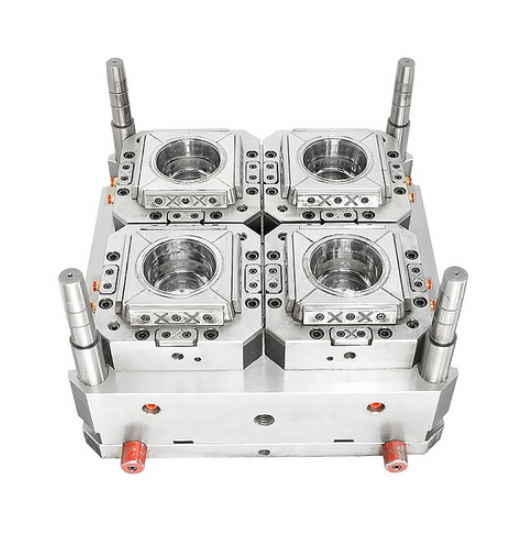Injection molding has become a cornerstone of the medical industry, facilitating the efficient production of a wide array of essential medical products. From syringes and IV components to surgical instruments and diagnostic devices, injection molding plays a vital role in manufacturing the tools healthcare professionals rely on every day.
One of the primary advantages of injection molding for medical products is its ability to produce complex geometries and intricate designs with high precision. This precision is crucial for medical devices that require tight tolerances and specific features to function effectively. Injection molding enables manufacturers to achieve consistent and uniform parts, ensuring reliability and performance in medical applications.
Moreover, injection molding offers cost-effective solutions for producing medical products in large volumes. The high-speed and automated nature of the process result in efficient production rates, reducing manufacturing costs and lead times. Additionally, injection molding allows for the use of a wide range of medical-grade materials that meet regulatory requirements for biocompatibility and sterilization.
Furthermore, injection molding facilitates the integration of multiple components and functionalities within a single part, reducing assembly complexity and minimizing the risk of contamination. Features such as overmolding and insert molding enable the seamless integration of different materials and components, enhancing the overall functionality and performance of medical devices.
In summary, injection molding plays a critical role in the manufacturing of medical products, offering advantages such as precision, cost-effectiveness, and design flexibility. As the healthcare industry continues to evolve, injection molding remains a trusted and preferred method for producing high-quality and reliable medical devices.



